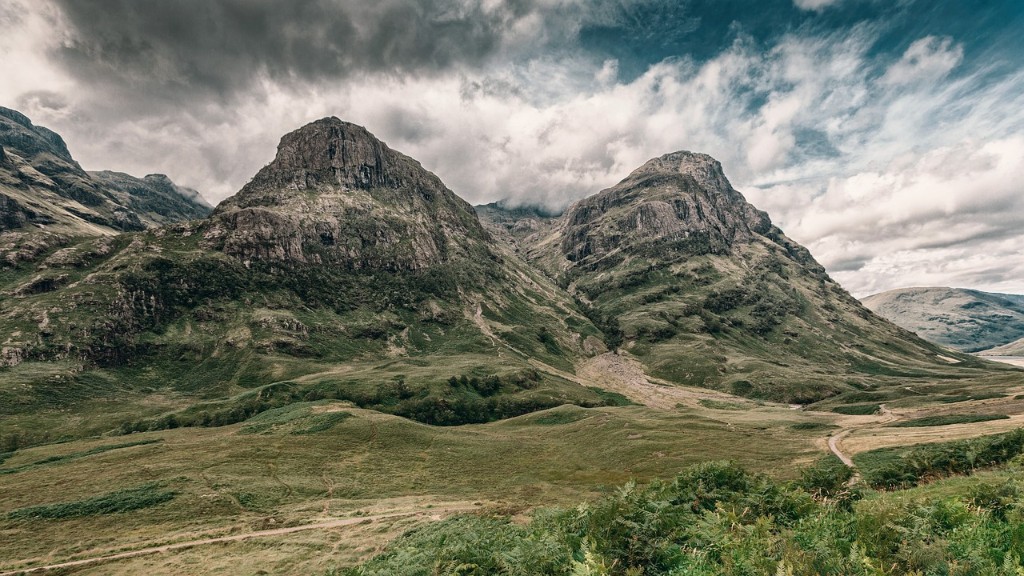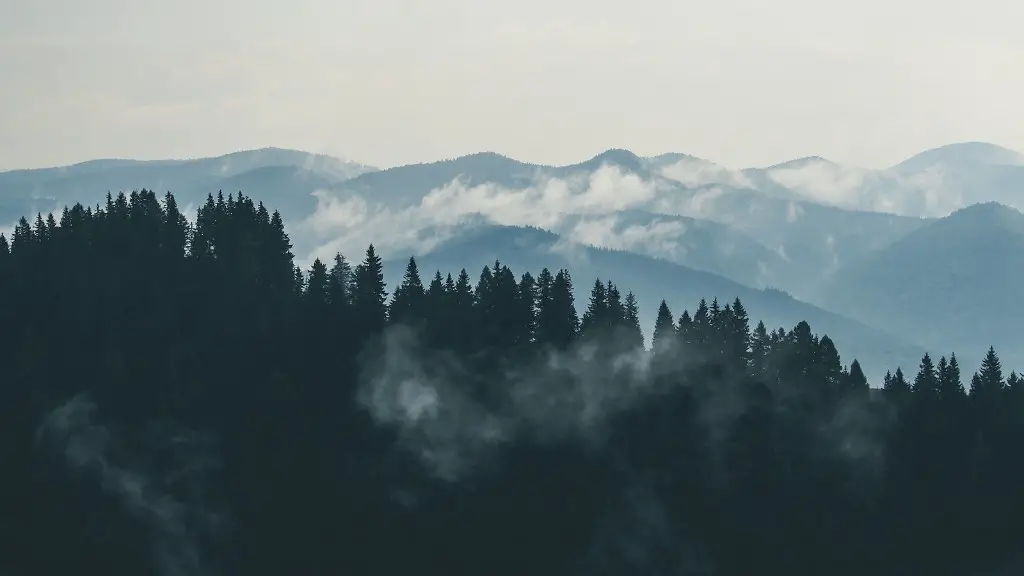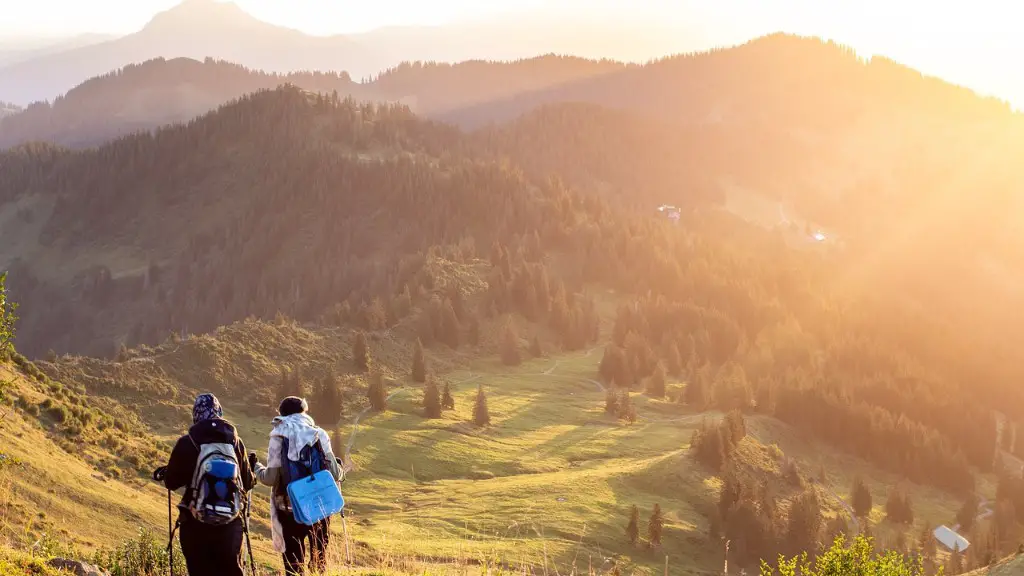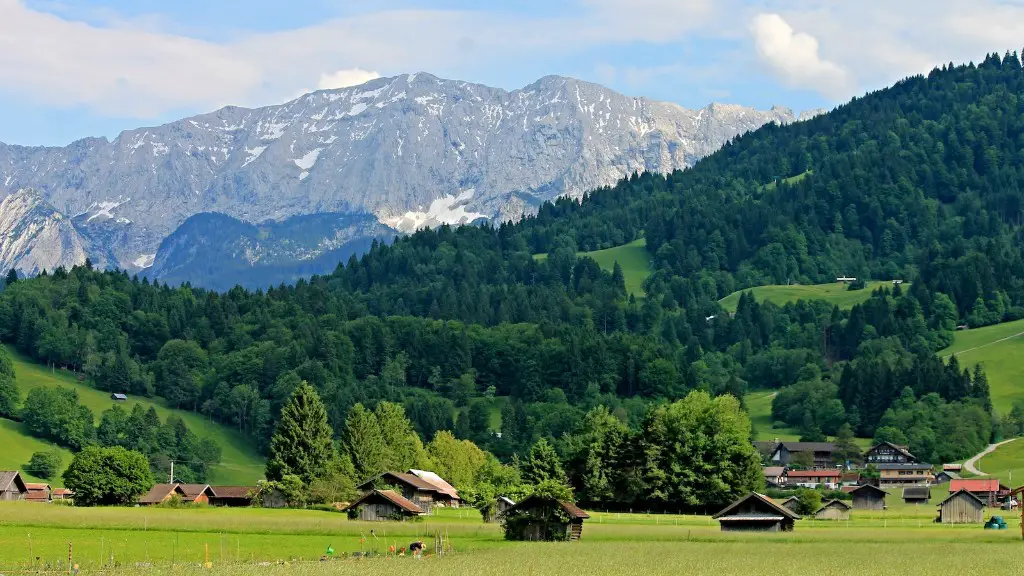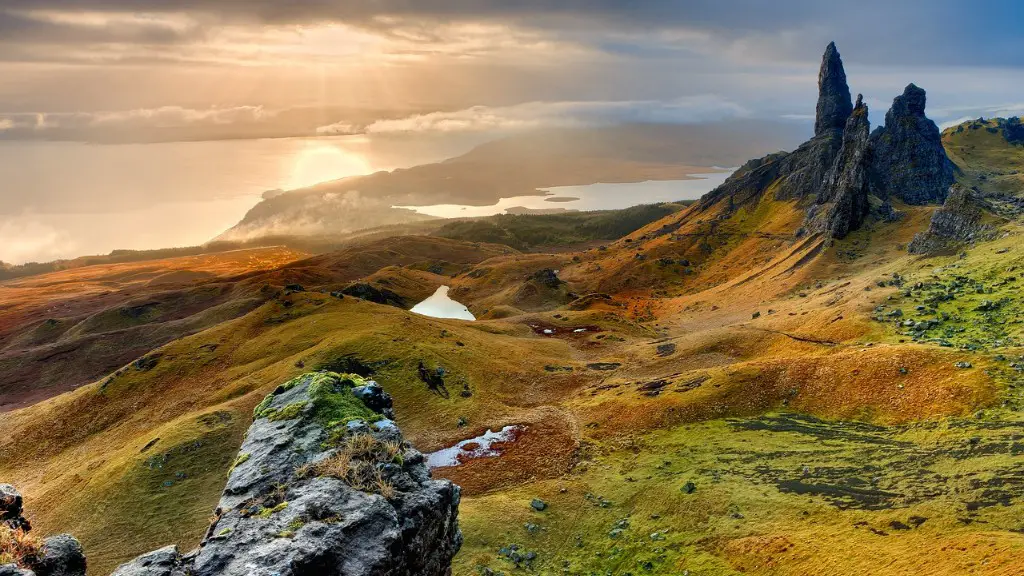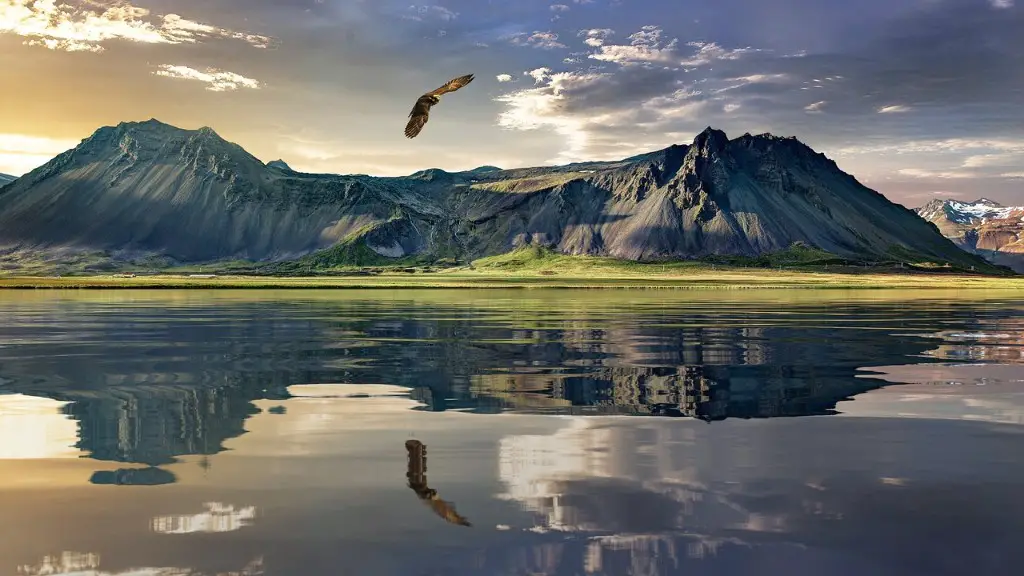Mount Everest, the world’s highest peak, is an appealing target for many climbers. However, it is also an extremely dangerous mountain to climb. Every year, people die while attempting to climb Everest. The dangers of climbing Everest include avalanches, falling rocks, exposure to the cold, and exhaustion. In addition, because of the high altitude, climbers can experience altitude sickness, which can be fatal. Everest is a challenging and dangerous mountain, but the rewards of reaching the summit can be great.
Mount Everest is the world’s tallest mountain, standing at 8,848 metres (29,029 ft) above sea level. It is also one of the most dangerous, with an estimated death rate of about one in 10.
Most of the deaths on Mount Everest occur due to avalanches, falls, exposure to the cold, or heart failure. Climbing Mount Everest is a risky undertaking, and it is important to be well-prepared before attempting the summit.
What is the most dangerous part of climbing Mount Everest?
The Khumbu Icefall is the most dangerous part of an Everest expedition, even with the extensive systems of ropes and ladders installed each climbing season by the ice doctors. Every year, climbers are killed or seriously injured in the Icefall, and it is always a major concern for those attempting to summit Everest.
The high fatality rate on K2 is due to a number of factors, including its difficult technical routes, exposed rock faces, and unpredictable weather. The average success rate on K2 is only about 20%, compared to 40-50% on other 8000m peaks.
What kills most climbers on Everest
Since 1953, when the first men reached the summit of Mount Everest, more than 300 climbers have died on their way to the top. A third of these succumbed to the deadly lack of oxygen.
In order to successfully summit Everest, you must be incredibly physically fit; most people spend at least one-year training to climb the mountain. You should also be comfortable on AD-rated climbs with previous experience at high altitudes.
How cold is it on the top of Everest?
The weather and climate of Mount Everest is one of extremes. Temperatures at the summit are never above freezing and during January temperatures can drop as low as -60° C (-76° F). Despite the low temperatures the biggest issue faced by climbers are hurricane force winds and wind chill.
The main reasons for people dying while climbing Mount Everest are injuries and exhaustion. However, there is also a large proportion of climbers who die from altitude related illness, specifically from high altitude cerebral oedema (HACE) and high altitude pulmonary oedema (HAPE).
How long can you stay in the death zone on Everest?
The death zone on Mount Everest is a dangerous place and people are advised not to stay there for more than 16 to 20 hours. Short stays can also be deadly. Most of the 200+ climbers who have died on Mount Everest have died in the death zone.
Even though Sherpas are known to acclimate to thinner air more quickly than other climbers, they still require supplemental oxygen when climbing Everest. In the ‘death zone’ where oxygen levels are especially low, Sherpas still lack oxygen and therefore need supplemental oxygen to climb the mountain.
What is the average age to climb Mount Everest
According to data from Nepal’s Ministry of Tourism, the average climber is in his 30s. This is a significant finding, as it means that the majority of people who are interested in climbing are younger adults. This is an important demographic to target when marketing climbing products and services.
The death of a climber on Everest is a tragic and difficult event. Not only is it heartbreaking for the loved ones left behind, but the process of removing the body from the mountain can be costly and dangerous. In some cases, it can cost up to $70,000 to retrieve a body from Everest, and sometimes the price is paid with the lives of those who attempt the retrieval. In 1984, two Nepalese climbers died while trying to recover a body from Everest. We remember the fallen climbers with respect and admiration, and we honor their memory by working to ensure that their final resting place is as safe and dignified as possible.
How often do sherpas died on Everest?
While the summit of Everest is undoubtedly an accomplishment, it comes at a cost – particularly for the Sherpas who make up a large portion of the mountaineering teams. Out of the 312 people who have died on Everest, 99 of them were Sherpas – that’s one third of the total deaths. This is a staggering statistic, and one that shows the risks these individuals take in order to help others achieve their dreams. The next time you consider summiting Everest, take a moment to consider the cost – both to yourself and to the Sherpas who will be helping you along the way.
With over 200 bodies left on Mount Everest, it is thought that two-thirds of the people that have died on the mountain are still there. The horrific and unrelenting conditions of the mountain make it difficult to determine an exact number or where the bodies are located.
What’s the fastest someone has climbed Everest
Pemba Dorje Sherpa’s record-breaking ascent of Mt. Everest is an incredible feat of stamina and skill. His time of 8 hours and 10 minutes is the fastest ever recorded, and his accomplishment is a testament to his strength and determination. This historic climb will be remembered for years to come, and Dorje Sherpa has cemented his place as one of the great mountaineers of our time.
Lhakpa Sherpa is a world-renowned mountaineer, and he knows a thing or two about summiting Mt. Everest. He states that the most difficult day of the journey is typically the day that climbers attempt to make it to the summit and back to Camp Four. This is because spending extended periods of time in the death zone (the area above 26,000 feet) is incredibly taxing on the body and can lead to serious health complications. Sherpa recommends that climbers try to minimize their time in the death zone as much as possible.
Can I climb Everest with no experience?
You need experience, experience, experience: having attempted the Seven Summits isn’t sufficient training for this kind of mountaineering But beyond high-altitude climbing experience, you also need good footwork, good self-management and understanding of when you might need to turn back. These are all essential skills for mountaineering, and without them, you won’t be able to climb to your full potential.
The “death zone” is a very real and dangerous place for climbers attempting to summit the world’s tallest mountains. The oxygen levels at these altitudes are incredibly low, making it very difficult for climbers to breathe. This can lead to altitude sickness, which can be deadly. It is important for climbers to be aware of the risks before attempting to summit any of these mountains.
What is the oldest body on Mount Everest
George Mallory’s body was found in 1999, 75 years after his death in 1924. Mallory had been attempting to become the first person to climb Everest, but he disappeared before anyone could find out if he had achieved his goal. Mallory’s body was found after an unusually warm spring.
Approximately 11,346 summit ascents have been made by 6,098 people as of July 2022. This is an incredible feat and showcases the human capacity for exploration and adventure. These summits provide us with a unique perspective of the world and the universe beyond.
Final Words
It is dangerous to climb Mount Everest because it is very high and the air is very thin. This can cause problems with breathing and can also cause altitude sickness.
Climbing Mount Everest is an incredibly dangerous feat that should not be undertaken lightly. Numerous people have died while attempting to summit the world’s tallest mountain, and even more have been injured. Those who do attempt to climb Everest must be highly experienced and prepared for the challenges that they will face.
